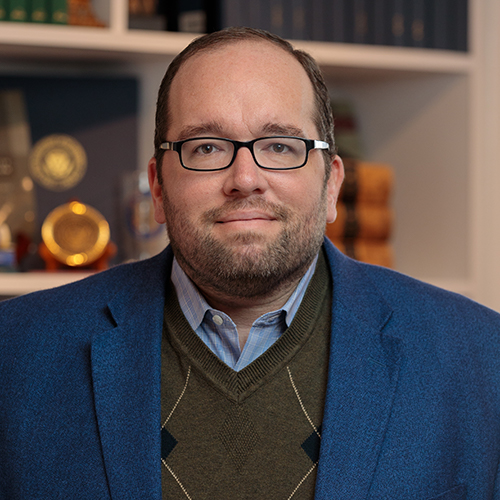On Friday, Sept. 24, the United States House of Representatives passed The Women’s Health Protection Act, the most sweeping pro-abortion legislation in history, a bill that would remove any restrictions on abortion throughout nine months of pregnancy. The bill had 214 cosponsors. All but one Democrat voted for its passage, and 210 Republicans voted against it. This was in response to the Texas law that bans abortion after six weeks or a heartbeat is detected.
For pro-lifers, the substance of this bill is horrific, a violation of the dignity of the baby in the womb. But the fact that this legislation, sure to die in the Senate, was even introduced, is actually a testimony to the enduring strength of the pro-life movement. Pro-choice advocates understand that abortion rights are threatened in America.
This would have come as a surprise to almost anyone who was around for the landmark Roe vs. Wadedecision nearly 50 years ago. When Justice Harry Blackmun, joined by six of his colleagues on the Supreme Court, invented a right to abortion in January of 1973, few observers predicted that this decision would launch one of America’s most durable socio-political movements.
However, nearly half a century later, the pro-life movement, led mostly by women, is an enduring cultural force. They’ve shown up in the rain, the snow, the sleet. They’ve shown up in neighborhoods where women are in crisis. They’ve shown up in the halls of Congress and state legislatures. They’ve shown up in churches and youth groups. Mocked and maligned by the mainstream press, mistreated by the denizens of popular culture, made the object of late-night comics, pro-lifers have refused to go away.
And now, it seems as if the strategy of unflinching conviction and unwavering compassion is paying off. Not only has the pro-life message succeeded at stigmatizing the killing of the unborn so much so that abortion rates have significantly dropped in the last three decades, many states have passed significant restrictions. In addition, the U.S. Supreme Court is now committed to taking up a significant challenge to Roe in the Mississippi abortion case scheduled to be decided next summer.
To be sure, for those of us who believe every life is sacred, who believe King David’s words in Psalm 139 that human life is given personhood and dignity by God from the moment of conception, just one abortion is a moral tragedy to lament. We still, after all, live in a country that funds an organization like Planned Parenthood through our tax dollars, preying on the innocent in neighborhood after neighborhood.
Still, we can look with admiration at the progress of a movement that has introduced a moral vocabulary into the culture that points to the most vulnerable and declares unflinchingly: “Humanity is worth protecting. Unborn human life demands protection.”
The pro-life movement has so infiltrated the moral conscience that its own words are used against it to argue for a more expansive view of dignity. So often, arguments in defense of the unborn are met with the response that to be really pro-life is to support a variety of social programs. It is sometimes meant in good faith, but more often it is an attempt to shut down any pro-life influence.
As someone who has argued for a holistic pro-life approach, I do believe the biblical concept of the image of God makes moral demands on those who believe the Bible. And yet, it is the recognition of life at its earliest beginnings that has us thinking about human vulnerability in the first place. To value human life always demands more than being anti-abortion, but it can never be less. A holistic view of human dignity is not a weapon to silence our conscience on abortion but to expand our moral commitment on other issues.
Today there is a temptation toward weariness. The gains, while significant, are not what we’d hoped for after nearly a century. Many are discouraged at the continued cultural despising of the pro-life cause. But we should recognize that every successful historic drive for justice takes the long view. Let’s persevere until the law of the land acknowledges what we already know, that the grainy image on that ultrasound is not a blob of tissue or clump of cells, but an image-bearer of the Almighty.

